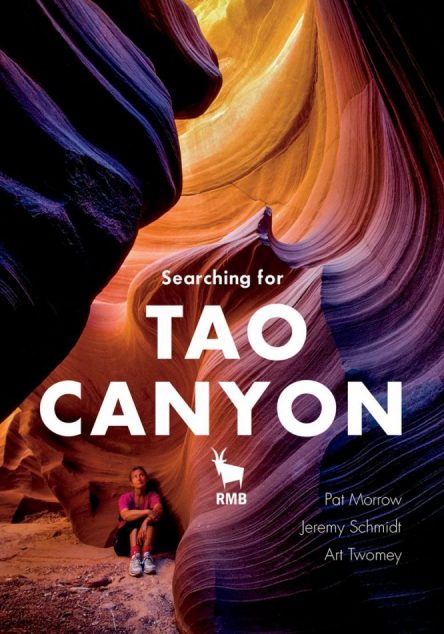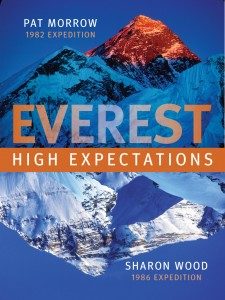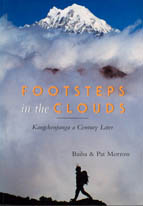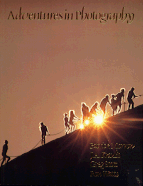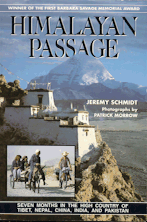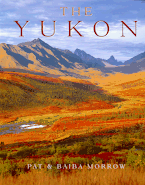Searching For Tao Canyon
Searching For Tao Canyon
by Jeremy Schmidt, Art Twomey and Pat Morrow
Published and available through Rocky Mountain Books in 2018 – 7 x 10” hardcover book, 184 pages, 125 photos.
“A stunning book (and Audio Visual presentation) of retro, mind-bending photography that unlocks a hidden world of natural wonder, personal reflection and outdoor adventure.”
40 years in the making, the book Searching For Tao Canyon chronicles in razor-sharp Kodachrome images and text a decade’s worth of exploration in the subterranean world of the American desert, long before it was Instagrammed to global fame.
In the early 1970s, Canadian photographer Art Twomey stumbled across a narrow crack in the desert floor in northern Arizona. It was a slot canyon, a stone crevasse carved by water and wind. From the rim, he could make out only deep shadows. But from within, having climbed into it, he found an intricate underground fantasy of shape, light, and color that defied ordinary perception.
The photographs he made that day, when published, caused a small sensation in the world of landscape photography, and sent him and co-authors Pat Morrow and Jeremy Schmidt on a decade-long search for the ultimate slot canyon. They called it Tao (meaning simply “The Way” in Chinese) and thought of it more as an archetype than an actual place — an idealized canyon of the mind.
At the time, slots were virtually unknown, their exquisite beauties not yet appreciated. There were no guidebooks, no guided tours, no publicly available satellite images to reveal the locations of these hidden places. Their pursuit was driven by the thrill of discovery, of finding places no one knew and inadvertently becoming forerunners in the sport of technical canyoneering.
In all the years of having their enigmatic canyon photos published in magazines and books worldwide, the authors used pseudonyms for each canyon in order to protect the delicate fluted sandstone features that drew them there in the first place. Searching for Tao Canyon continues that policy. It is not a guidebook. It gives no directions; names no names. And for good reason.
On a recent return visit to the Southwest, Morrow and Schmidt visited some of their old haunts. Many are still wild and unchanged, but one in particular has become a world-famous commercial attraction, drawing a “line dance” of awe-struck visitors every day for nine months of the year. Demand is so strong that the number is capped at 2500 per day, and reservations must be made far in advance.
The book is dedicated to Art Twomey, who first introduced Morrow and Schmidt to canyon country and the slots. Twomey died in 1997.
With this book, the authors hope to build appreciation not for any particular places, but for what the untamed nature of canyon country can teach us, and the need for the public, who find it so alluring, to do everything possible to protect it.
Why now?
“The degree of change we’ve seen in the region since 1975 is astonishing,” says Schmidt. “Canyon country and canyoneering have become popular beyond anything we might have imagined 40 years ago. We’ve watched that process with mixed feelings, taking some reassurance that much of the region is in protected status of one kind or another — national parks, monuments, wilderness areas, the Navajo reservation, and more. Now, the government-sanctioned attack on national monuments including Bears Ears and Grand Staircase by mining, oil and gas interests warns us that this supposed protection is perilously fragile.
Morrow adds, “In the light of that, we think this book places a marker on the highway of change. Change happened quickly, and is only accelerating. The book is a reminiscence of how it was, and a (fairly gentle!) warning that we can’t take the survival of these places for granted.”
